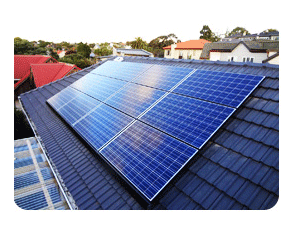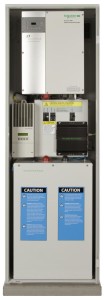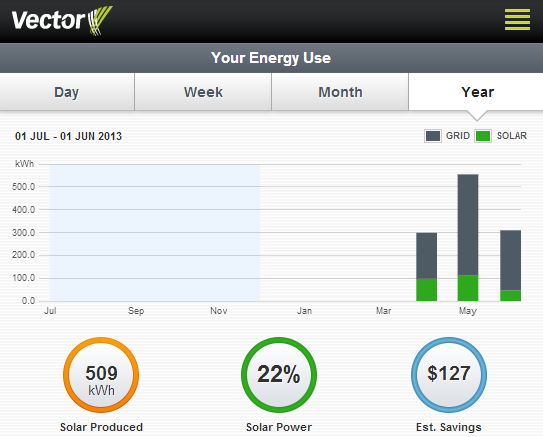
I’ve been enjoying the benefits of solar electricity since April this year, thanks to Vector’s home solar power solution. I always knew I’d eventually get solar panels installed on my roof, but I figured it’s cost at least $10,000 to get started, and so I’d have to wait a while. Then earlier this year, I heard about a pilot programme being run by the Auckland lines company, Vector.
I spoke with Vector CEO, Simon Mackenzie recently to find out more.
Who is Vector?
Most New Zealanders would have heard of Vector, but like most of our lines companies, it can be a bit tricky to explain exactly what they do for residential users.
Lines companies are regional organisations who look after the poles and wires in the local distribution network. In terms of overall energy infrastructure, they sit between Transpower, who look after the really big high voltage cables that run up and down the country; and your retailer who you actually pay for electricity.
Lines companies are responsible for delivering a consistent supply of 240 volt electricity to your home.
Check where all the 29 network company boundaries are across New Zealand on the Energy Network Association Website.
Why is Vector Interested in a Home Solar Power Solution?

This was one of the main questions I put to Vector CEO, Simon Mackenzie in my podcast interview. Vector is not in the business of selling electricity directly to households. Nor are they one of the big electricity generators. So why would they be interested in generating electricity on residential roof tops?
There are actually some very good reasons why a network company should be interested in solar, or any other form of distributed generation. Not least of these is because anything that’s connected to the network can affect the quality and quantity of available energy supply.
Vector understands that solar is coming. With panel prices decreasing, the cost of other generation increasing, and changing consumer awareness, large scale distributed solar generation is definitely on the increase. Therefore it makes very good sense for someone like Vector to get a good handle how solar might affect things like peak load on the network that they’re responsible for.
What’s so special about Vector’s Solar System?

In a word, batteries.
Combining batteries with solar power is not new, but batteries are usually only need and installed when the system is ‘off-grid’, such as a remote home, hut or farmhouse. Batteries let you store electricity that’s generated during the middle of the day, for use in the evening when demand is highest.
‘Grid-tied’ systems don’t need batteries. You just need an inverter to change the solar generated direct current (DC) into usable household alternating current (DC) and this is connected, essentially to the grid supply.
With batteries in the grid-tied Vector system, I now get the best of both worlds. We can use more of the power we generate, because a bunch of it is stored during the day. But when that runs out, we’re still connected to the grid.
Having batteries also gives us a back up supply. Something we’re definitely conscious of after being in the dark following the Christchurch Earthquake.
What about the Money?
I did a quick search on mySolarQuotes.co.nz so compare Vector’s offering with a few other suppliers and I found that it stacked up very well, even without the batteries.
So far, our system has reduced our total demand from the main grid by 22%. I expect this to decrease slightly as we go further into darker and colder months, but it could go as high as 50% come next summer.

For me, the question of whether solar is a good idea, has been answered a while ago. It’s definitely coming and I congratulate Vector for taking a leadership role in testing something a bit different at the same time as offering a great chance for early adopters to start saving right now.
For more information and to register your interest in the scheme, go to Vector solar webpage.
If you’re outside Auckland, why not contact your local network company and ask then they’ll be providing a similar opportunity in your region?
Leave a Reply